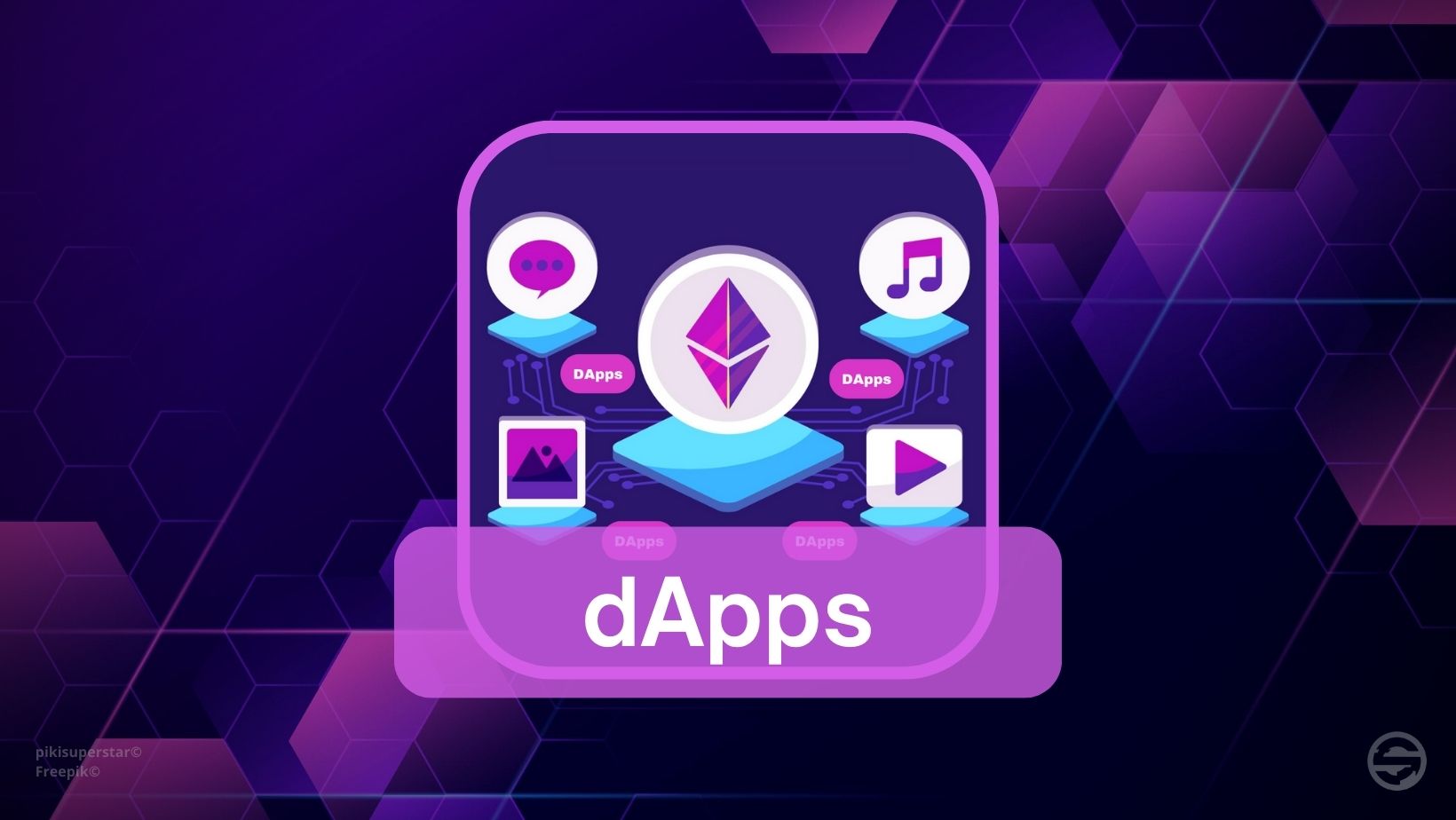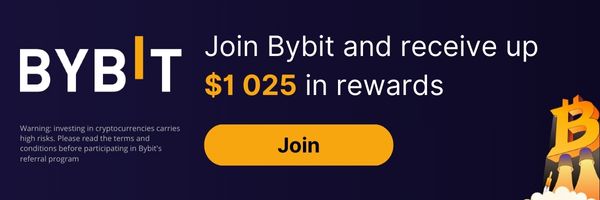
Table des matières
Understanding DApps
DApps, or decentralized applications, operate on decentralized networks, eliminating the need for a central authority. Unlike traditional applications, DApps use smart contracts to govern interactions between users in an automated and transparent way. These contracts are at the heart of every DApp, guaranteeing secure, authentic operations.
DApps in action
DApps are based on three main components: smart contracts, blockchains and tokens. Smart contracts, written in computer code, are responsible for the DApp's operational logic. Blockchains ensure decentralization by recording all transactions transparently and immutably. Tokens, used as "fuel" for actions within the DApp, are generally paid for in the blockchain's native currency.
Let's take a concrete example to illustrate how DApps work on the Ethereum blockchain. Let's imagine a decentralized lending platform, where smart contracts govern lending and repayment conditions. Rather than relying on a central entity, these contracts run seamlessly and automatically on the blockchain, eliminating the need for a trusted third party. Thanks to the global accessibility offered by Ethereum, anyone, regardless of identity, can participate in this lending platform, highlighting the inclusivity characteristic of DApps.
Advantages of DApps compared with traditional applications
DApps have captured attention because of their distinct advantages over centralized applications. Their decentralized nature confers enhanced security, making them less vulnerable to hacking and data breaches, since there is no single point of failure. What's more, transparency is intrinsic to DApps, with all transactions and modifications carefully recorded on the blockchain, creating a transparent and immutable history of the application's operations. Resistance to censorship is another outstanding feature of DApps, as they are not subject to any central authority, making them immune to censorship or interference by governments or corporations. What's more, DApps users enjoy total control over their data and assets, reducing the risks associated with centralized data storage.
Disadvantages of DApps compared with traditional applications
- Despite their many advantages, DApps are not free from challenges and limitations that deserve attention. Speed is one such challenge, as blockchains have inherent limitations in terms of transaction throughput compared to their centralized counterparts, which can result in slower processing times. In addition, the cost of processing data on a decentralized network is generally higher due to the throughput limitation compared to a centralized network. It's worth noting, however, that this so-called scalability problem is the subject of particular attention from developers with a view to solving it. In addition, DApps face regulatory barriers, as governments and regulatory bodies are still developing frameworks for dealing with decentralized technologies. These challenges underline the need for constant evolution in DApps to overcome these limitations while capitalizing on their intrinsic advantages.

DApps' popular sectors
The world of DApps is constantly evolving, giving rise to different categories to meet a variety of needs. Here are some of the most popular categories:
1. Decentralized finance (DeFi)
Decentralized Finance (DeFi) represents a major category of DApps, playing an important role in reconstituting and enhancing traditional financial systems through blockchain technology. These DApps offer financial services that are distinguished by their open, interoperable, inclusive and transparent nature.
A concrete example of DeFi DApps is represented by Aave (AAVE) and Curve (CRV), two decentralized applications that are revolutionizing cryptocurrency lending and borrowing. These platforms offer users the opportunity to participate in financial activities without relying on traditional financial institutions, while benefiting from the security and transparency provided by blockchain technology.
2. Non-fungible tokens (NFT)
Non-Fungible Tokens (NFT) are a category of DApps that are revolutionizing the notion of digital ownership and collectibles. These NFT DApps significantly facilitate the creation, purchase and exchange of unique digital assets, bringing a new dimension to the way we perceive ownership and value in the digital world.
An example of a DApp in this category is OpenSea, a decentralized marketplace that enables users to buy, sell and trade NFTs transparently. By providing a decentralized platform, OpenSea helps democratize access to these unique digital assets, offering creators and collectors a more transparent and open interaction experience.
3. Games and entertainment
Entertainment- and gaming-oriented DApps are a dynamic category that goes beyond simple entertainment, redefining the notion of asset ownership, player rewards and content creation. These DApps offer a more immersive and equitable gaming environment, transforming the traditional ludic experience.
A concrete example of this trend is Axie Infinity, an innovative game based on blockchain. In this universe, players can collect, breed and battle fantastic creatures. Axie Infinity offers a business model where the game's virtual assets are actually owned by players, introducing a new dimension of ownership to online gaming.
Future potentials and impact
The future of DApps holds huge potential impact, capable of disrupting a variety of sectors, including finance, supply chain management, healthcare, digital identity, and much more. In particular, in the field of decentralized finance, DApps are already disrupting our approach to accessing and transacting with financial services. These decentralized applications offer open, transparent and more inclusive alternatives to traditional models.
What's more, DApps could play a key role in democratizing access to information and resources. By eliminating the need for intermediaries, these applications empower individuals and communities, enabling them to transact, share knowledge and collaborate on a global scale in a more direct and transparent way. This empowering potential reinforces the vision of a more equitable and participatory digital ecosystem, driven by DApps.
Hurdles and boundaries
While DApps show promising potential, their rise is not without significant challenges. The crucial issue of scalability is emerging, raising concerns about transaction speed and the rising costs that could result from increasing the number of users. These challenges are inextricably linked to the decentralized nature of DApps, requiring innovative solutions to overcome the inherent limitations of blockchains. In addition, the complexity of the user experience represents a significant challenge, although significant progress is being made to improve this facet. Developers and innovators are working hard to make interaction with DApps as fluid and accessible as possible, seeking to remove barriers that could hinder wider adoption.
Conclusion: a decentralized future
- In conclusion, DApps are emerging as revolutionary pioneers in the contemporary technological landscape, as a logical sequel to traditional centralized application paradigms. Their decentralized nature not only offers tangible benefits such as enhanced security, increased transparency and user autonomy, but also promises to fundamentally reshape the way we interact with technology on a daily basis. From DApps redefining finance to those democratizing access to artistic creation, their impact cuts across a multitude of sectors, some already well-established, others under construction and others still unsuspected. As we navigate this new digital territory, the future of DApps seems imbued with innovation, possibility and the promise of a more equitable and inclusive digital world. Let us remain curious, for the DApp era is far from having revealed its full potential.

- Sources:
- https://www.bitcoin.com/get-started/what-is-a-dapp/#:~:text=A%20Decentralized%20Application%20(DApp)%20is,any%20single%20entity%20or%20individual, consulted on 04.12.23
- https://crypto.com/university/what-are-dapps-decentralised-applications, consulted on 04.12.23
- Disclaimer: this is not financial advice. Satolix.io website aims to inform readers about Blockchain, cryptocurrencies and Web3. Any type of investment involves risk. Please do your due diligence and research the articles and projects presented on the site. Be responsible and don't invest more than your goals or financial means allow. In this regard, please read our page: Warning about virtual currencies.
Some articles on the site contain affiliate links, and using them to register on the site enables the site to grow through the collection of commissions. By doing so, you also make yourself eligible for a welcome bonus such as a voucher or reduced fees, for example.



 DeFi
DeFi 2023-12-04
2023-12-04
